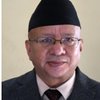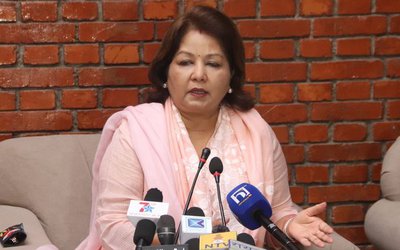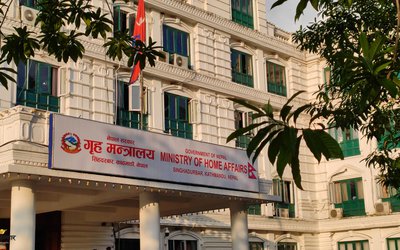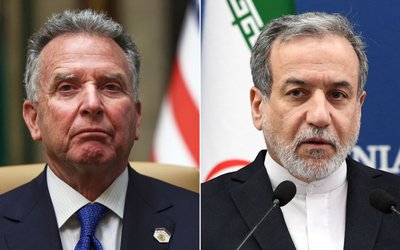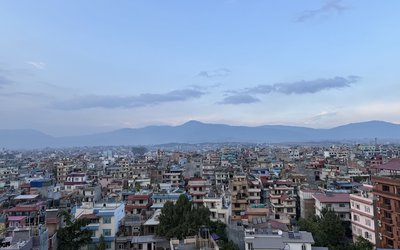
The festivals celebrated in Nepal are not only celebrated by the people here but such festivals also make the whole atmosphere happy, charming and vibrant. The festivals celebrated in Nepal are not limited to the worship of gods and goddesses. There are festivals in Nepal for the Himalayas, from mice to snakes, from cows to buffaloes to crows to dogs. At first glance, even if it seems to be celebrated without structure, in the course of development, all stakeholders of the community are involved and reflected in every major and ancillary festival celebrated in Nepal.
On the occasion of the festival, you can walk on any street and see the materials brought from the rural frogs, whether it is a velvet flower garland or the details brought from a remote village in June. It is a well-known fact That is why festivals like Tihar serve as a unique and strong bridge between community, city and village, between the living and the dead, between man and the environment, between materialism and simplicity, between faith and devotion.
In this windy occasion of enthusiasm, the young generation can learn the secrets of traditional festivals and the art of living disciplined life. It would not be an exaggeration to say that any Hindu festival is related to the overall welfare of the world. Remembering the festival of PalpaTansen:
As the writer spent his childhood in Palpa Tansen, the golden moments he spent and celebrated would be recalled in brief. It was customary to celebrate Yama Panchak during the festival. They also used to play as they wished for entertainment, play night games in the neighbour's house, open the door, etc. About 2/3 weeks before the start of the festival, the special rotisfor the festival are: Fini, Sel, Arsa, Annarsa, Jumli, Jhar, Sayaguli, Lahara, Jerry (Kathmandu's Lakh Mari flavor), etc. with the help of various elders and allies. Cooking was also done, as it was a celebration of light.
It was customary in every house to keep lots of cotton lamp with oil in it, a lamp in an attractive “matkala”, to burn and give some money suka (25 paisa), Mohar(50 paisa) and at the most one rupee to those who come to play Deusi Bhailo on the day of Lakshmi Puja and “ Mha Puja”. Senior member preferably the lady i.e my mother used to make mandap, worship, do showering of flowers (ghwal), sagun, jajankaflower garland, etc. tobe honest, the writer of these lines was not aware about “Nhu Daya Bhintuna’ in Tansen at that time. I got a chance to understand the essence, justification and history of the ShankdharShakwa, Nepal Sambat and of course Nhu Daya Bhintuna. At that time, it was not customary to buy flowers.
- Nepal’s recent Economic Growth: Critical observations ?
- Apr 12, 2025
- “Kolahalko Kolaj “: A Collection Of Scattered Memories By Prakash Sayami
- Apr 02, 2025
- Nepal-India Trade, Transit And Unauthorized Trade: Some Considerations
- Jan 16, 2025
- PM Oli’s Forthcoming Visit To China: Will The Achievement Be Complete?
- Nov 29, 2024
- Obituary To Dr. Mohan Man Sainju!
- Nov 02, 2024
